13 Vegetables You Can Still Plant in Fall for a Late Harvest
Fall is the perfect time to plant a variety of vegetables that can thrive in cooler temperatures, offering a fresh harvest just as the weather cools. Many fast-growing, cold-hardy crops can be planted in early fall and will be ready to harvest before the first frost hits. These vegetables not only provide fresh, nutritious options well into the fall season, but they also help extend your growing period, maximizing the potential of your garden.
This post may contain affiliate links, which helps keep this content free. Please read our disclosure for more info.
Radishes
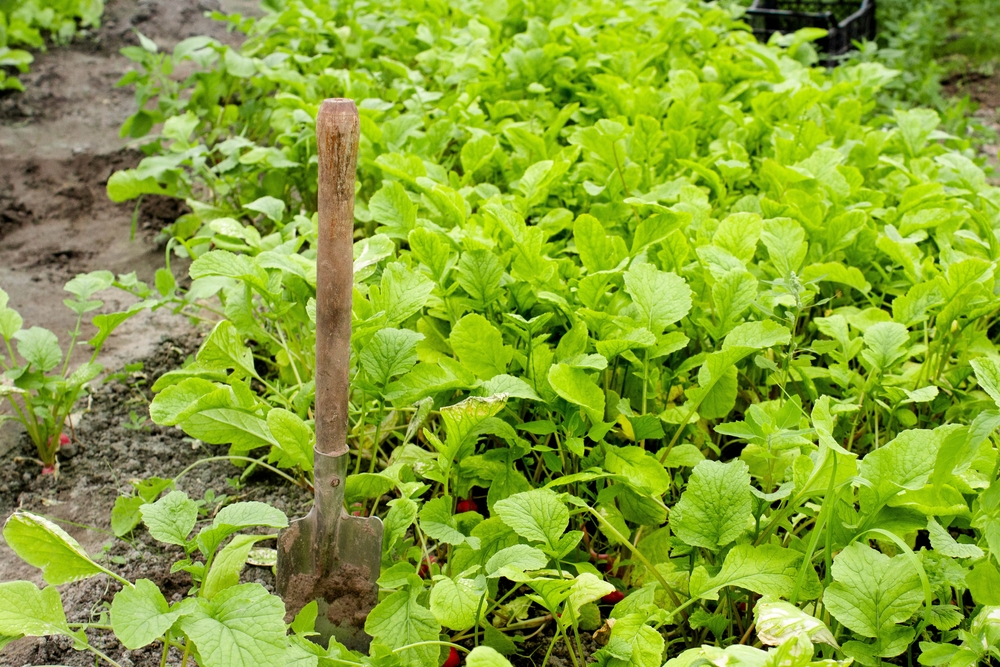
Radishes are one of the fastest-growing vegetables, and they thrive in cooler temperatures, making them an excellent choice for fall planting. With a growing cycle of just 30 days, radishes can quickly be ready for harvest. They are cold-hardy and continue to grow in light frost, which actually enhances their flavor, making them crisp and slightly sweeter. By planting them in early fall, you ensure that they mature before the first heavy frost, allowing you to enjoy a fresh batch of these crunchy, peppery vegetables.
Another benefit of planting radishes in the fall is their ability to improve soil health. The roots of radishes naturally break up compacted soil, making them beneficial for the garden overall. Their rapid growth also helps fill gaps in your garden where other crops may have been harvested. With little maintenance required, radishes are an easy and efficient choice for gardeners looking to maximize their fall harvest.
Arugula
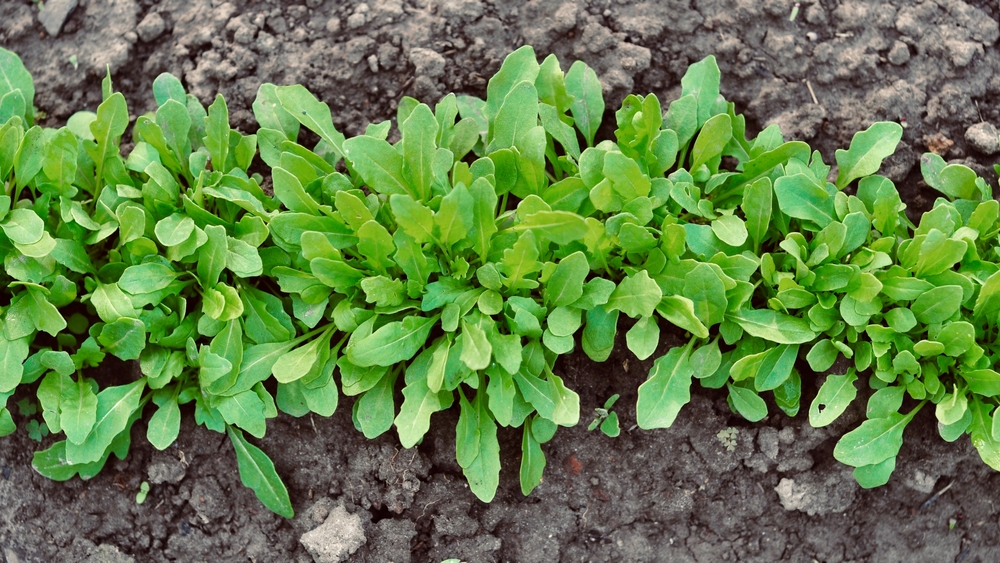
Arugula is a leafy green vegetable that thrives in the cooler temperatures of fall. It grows quickly, often ready to harvest in about 30 days, which makes it ideal for a late-season harvest. Its distinct peppery flavor becomes even more pronounced in cooler weather, making it a perfect addition to salads, sandwiches, and even pasta dishes. By planting arugula in early fall, you can enjoy fresh greens well into the cooler months.
One of the main reasons arugula is so great for fall gardening is its cold tolerance. This vegetable can handle light frost and continue to grow, providing a steady supply of fresh leaves even as temperatures drop. It is also easy to grow in containers or garden beds, making it versatile for various garden setups. Whether you’re an experienced gardener or a beginner, arugula is a low-maintenance option that can extend your harvest through the fall.
Lettuce
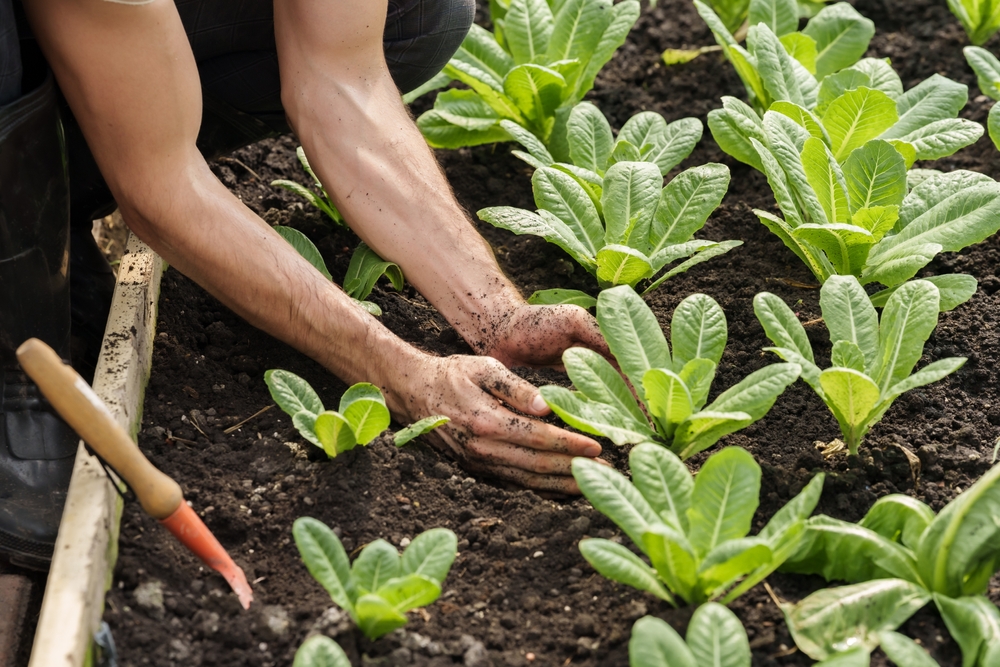
Lettuce is a popular cool-weather vegetable that does exceptionally well when planted in early fall. Unlike many summer crops that bolt in the heat, lettuce thrives in the mild temperatures of fall. Varieties like leaf lettuce, Romaine, and butterhead are all excellent choices for fall planting because they grow quickly, with many varieties ready to harvest in as little as 30 days. Planting lettuce in the fall allows you to enjoy a steady supply of fresh greens throughout the season.
Lettuce is also quite hardy, with many varieties able to withstand light frosts. As temperatures cool, lettuce tends to become more tender and flavorful, offering a delicate sweetness that’s hard to match in summer. Growing lettuce in the fall is a great way to extend your harvest and ensure that you have nutritious, fresh salads well into the cooler months. Whether you are growing it in raised beds, containers, or garden rows, lettuce is an easy and rewarding vegetable to plant in the fall.
Spinach
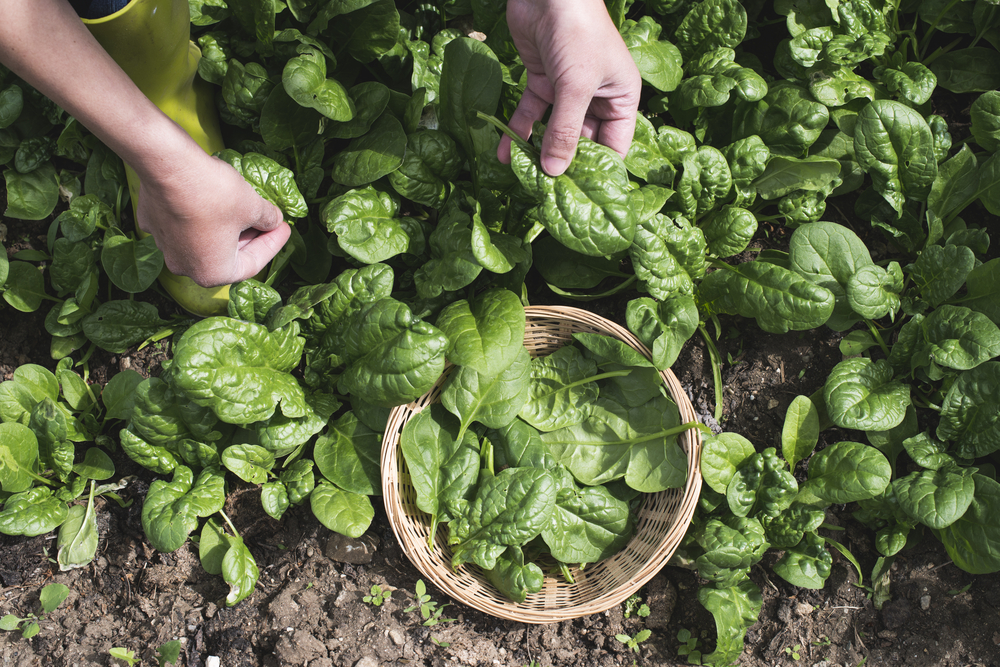
Spinach is a cold-hardy vegetable that thrives in fall’s cooler temperatures. It grows quickly, typically ready to harvest in about 40 to 50 days, making it perfect for planting in early fall for a late harvest. Spinach is especially suited to fall gardening because it tolerates light frosts, which actually improve its flavor, making it sweeter and more tender. By planting spinach in early fall, you can enjoy fresh, nutritious greens for several weeks into the season.
In addition to being frost-resistant, spinach is also a nutrient-packed vegetable. It is rich in vitamins A, C, and K, as well as iron and calcium. Spinach is ideal for cool-season gardening, and because it grows so quickly, it is a great option for filling gaps in your garden as other plants begin to wind down for the season. It can be grown in rows or containers, making it a versatile choice for gardeners of all levels.
Beets
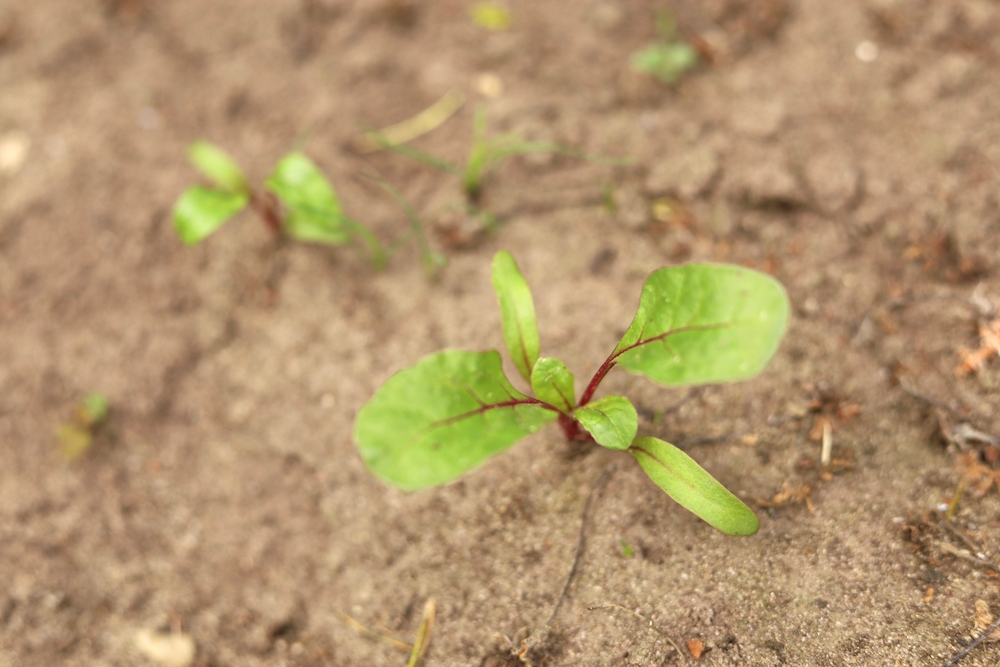
Beets are another great vegetable to plant in early fall for a late harvest. Like radishes, they are root vegetables that thrive in cooler temperatures and grow quickly, typically ready for harvest in 50 to 70 days. Beets can tolerate light frost, which makes them ideal for fall planting. The cool temperatures not only help the roots develop a sweeter taste but also ensure that the leaves stay tender for longer, making them great for salads and garnishes.
In addition to their great taste, beets are also packed with nutrients. They are high in fiber, folate, and antioxidants, which makes them an excellent addition to any diet. Planting beets in the fall allows you to harvest them just as the weather cools, giving you fresh, nutritious root vegetables well into the late fall. They are easy to grow in both traditional garden beds and containers, making them a good choice for various garden spaces.
Kale
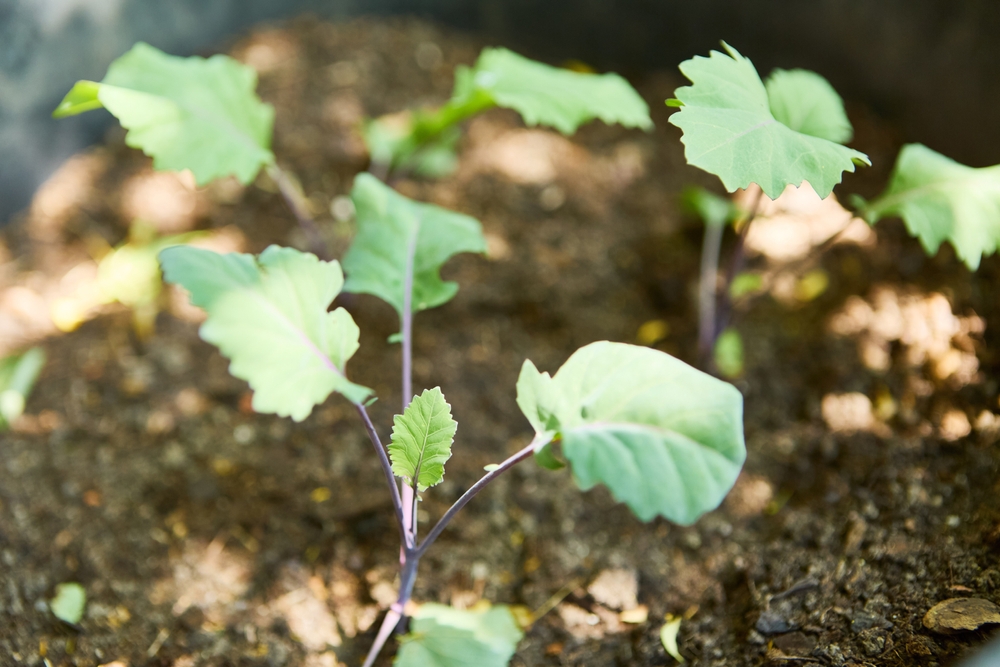
Kale is a leafy green that flourishes in the fall, especially when planted in early fall. It is known for being cold-hardy, able to withstand several frosts, which actually improves its flavor, making it sweeter and less bitter. Kale grows quickly and can often be harvested in about 50 to 60 days, providing you with a nutritious crop right up until winter. Planting kale in the fall means that you can harvest fresh leaves well into the colder months.
The versatility of kale also makes it an excellent addition to your garden. It can be used in soups, salads, smoothies, or as a cooked green, adding variety to your meals. With its ability to thrive in cool temperatures and resist frost, kale is a perfect choice for extending your garden harvest into the late season. Whether grown in the ground or in containers, kale is easy to maintain and offers both flavor and nutrition well into the fall.
Carrots
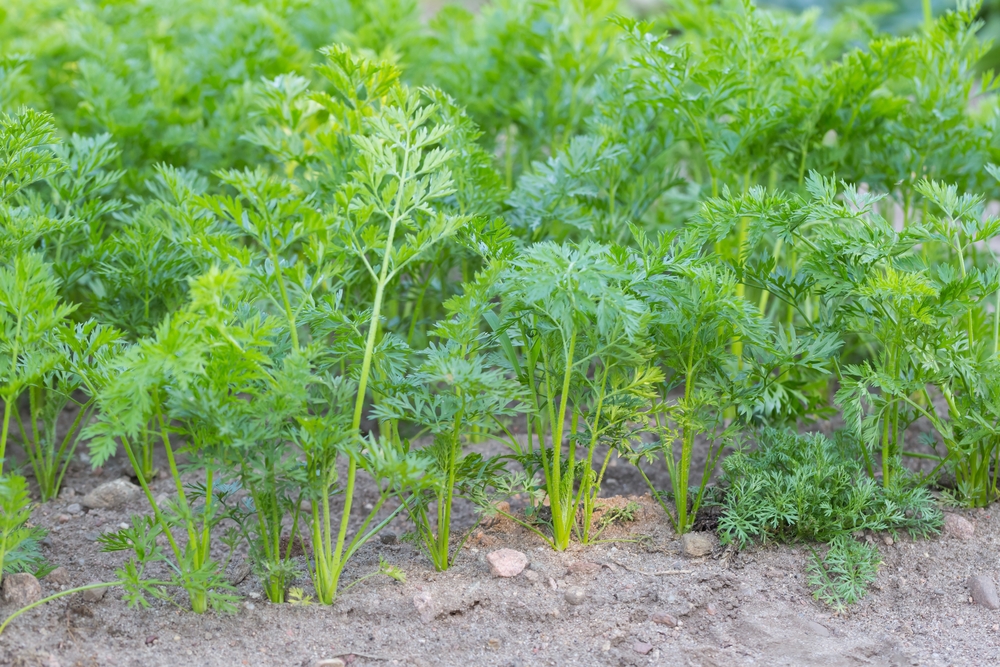
Carrots are a great fall crop that thrives in the cooler temperatures of the season. They grow relatively quickly, with many varieties reaching maturity in 60 to 75 days. Carrots planted in the fall benefit from the cooler soil, which helps them develop their signature sweetness. By planting them early in the fall, you can enjoy fresh, crisp carrots well into the cooler months, even after a light frost.
Another benefit of planting carrots in the fall is that they can be stored for several months. Once harvested, carrots can be kept in a cool, dark place for an extended period, allowing you to enjoy them throughout the winter. Carrots are versatile in cooking, perfect for roasting, soups, or simply eating raw. Planting them in the fall ensures that you will have a healthy, homegrown supply of this root vegetable well after the season’s first frost.
Swiss Chard
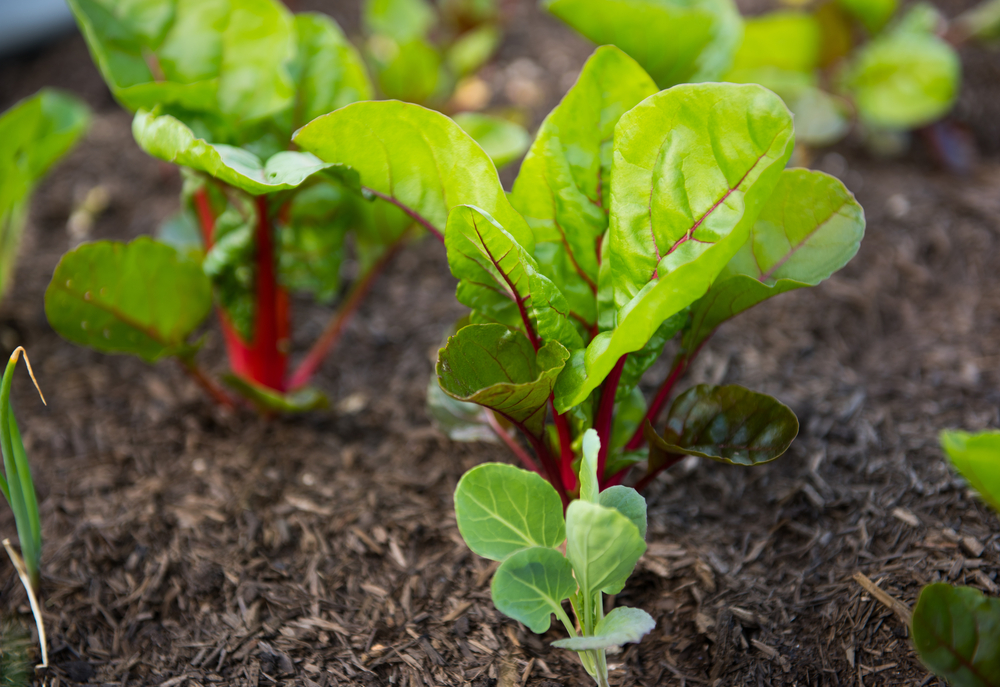
Swiss chard is a cold-hardy vegetable that grows well when planted in early fall. It is a leafy green that thrives in cooler temperatures, and like spinach, it becomes sweeter as the weather cools. Swiss chard can be harvested in about 50 to 60 days, providing you with a steady supply of greens well into the fall. Its vibrant, colorful stems also add a beautiful touch to the garden and the plate, making it both nutritious and visually appealing.
Swiss chard is also known for its versatility in cooking. It can be used in salads, sautés, soups, or even as a substitute for spinach in many recipes. Its hardy nature allows it to endure light frosts, continuing to grow through chilly weather and providing fresh greens long into the fall. Whether grown in garden beds or containers, Swiss chard is an excellent choice for fall planting.
Turnips
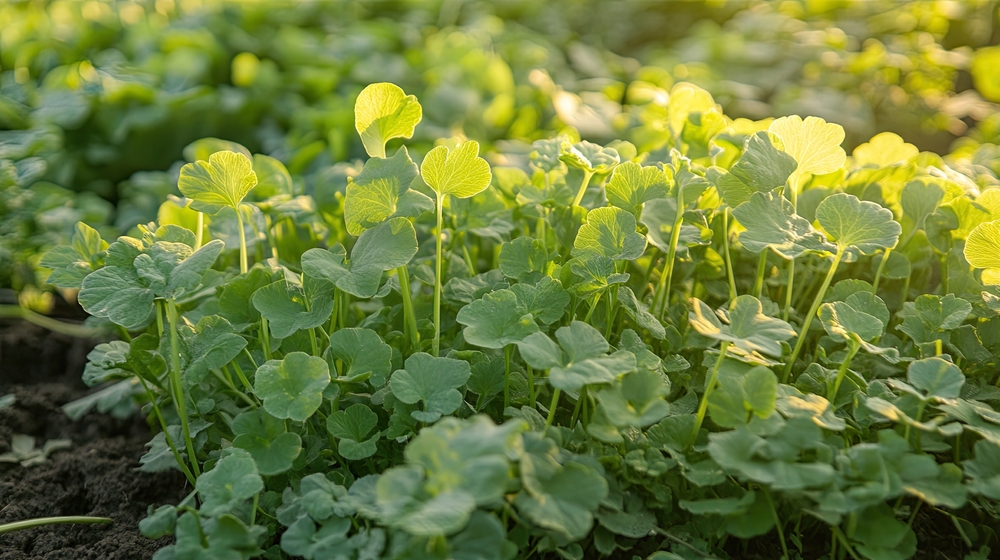
Turnips are another root vegetable that thrives in the fall. They grow quickly, typically ready to harvest in about 50 to 60 days, making them a great option for fall planting. Turnips are cold-tolerant and can handle light frosts, which improves their flavor by making them sweeter and less pungent. Planting turnips in early fall allows you to harvest them before the first hard frost, providing you with a fresh crop of both roots and greens.
In addition to their great flavor, turnips are highly nutritious, rich in fiber, vitamin C, and antioxidants. The leaves can also be eaten, offering an additional harvest in your garden. Turnips are easy to grow and can thrive in both garden beds and containers. By planting them in the fall, you can ensure a late harvest that extends your growing season into the cooler months.
Mustard Greens
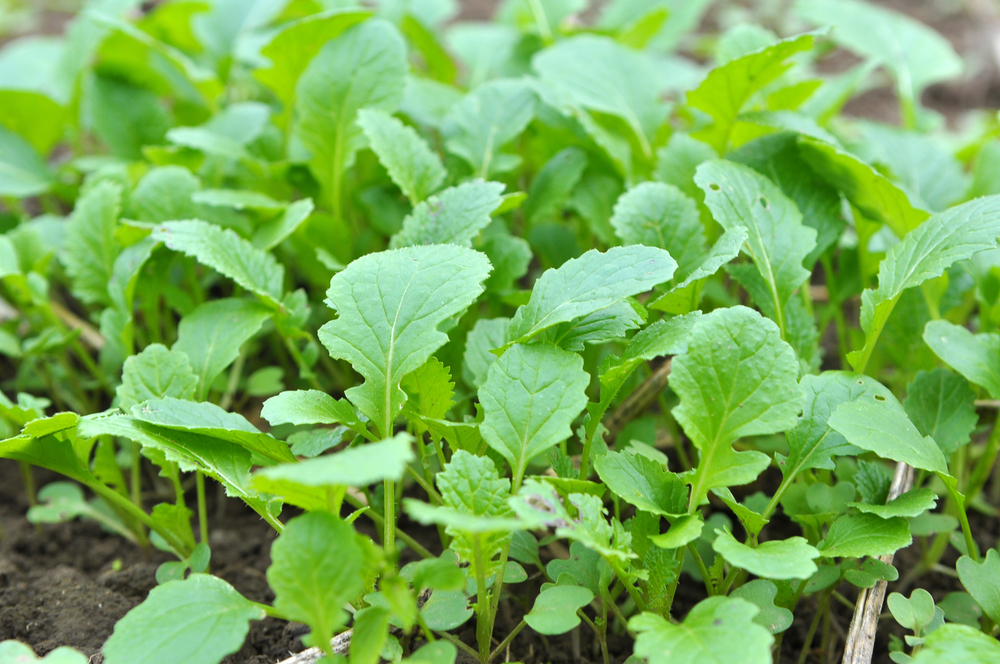
Mustard greens are fast-growing and perfect for fall gardening. With a quick turnaround time of about 30 to 40 days, they are an excellent choice for a late-season harvest. Mustard greens are cold-hardy and can tolerate light frosts, which actually enhance their flavor, making them milder and more tender. Planting them in early fall gives you a quick crop of flavorful greens to enjoy throughout the season.
These leafy greens are also incredibly nutritious, packed with vitamins A, C, and K, and are a great addition to any meal. Mustard greens grow quickly, making them a perfect crop to plant after other vegetables have been harvested. They can be used in salads, soups, or sautéed as a side dish. Their ability to thrive in cooler temperatures and their rapid growth make them a perfect option for fall planting.
Broccoli
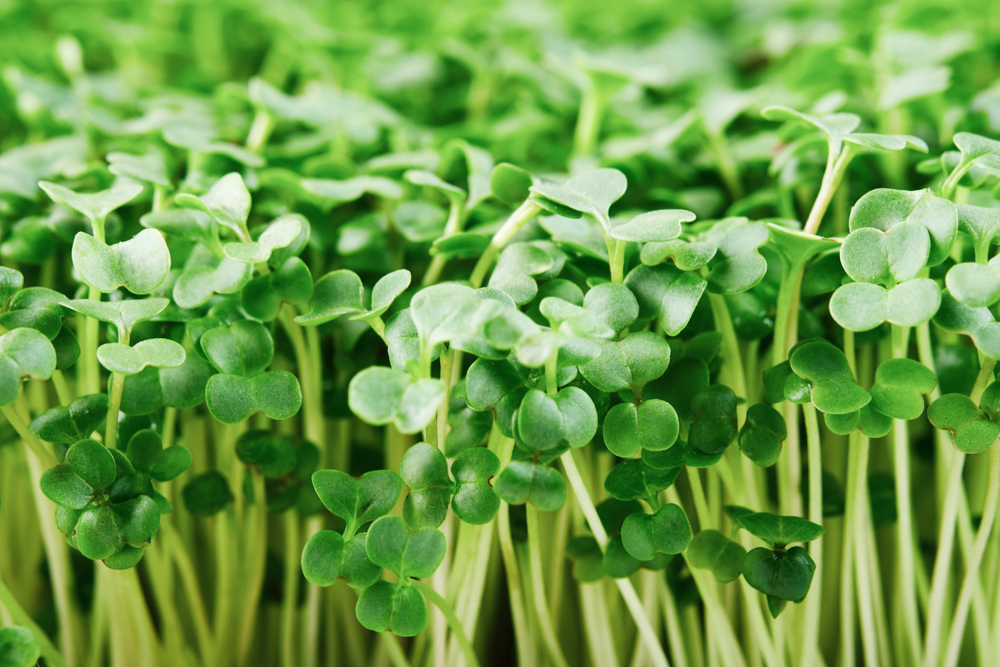
Broccoli is a cool-weather vegetable that grows best when planted in early fall. It thrives in the mild temperatures of fall, with a typical harvest time of 60 to 90 days. Broccoli is cold-hardy and can withstand light frosts, which actually improve its flavor and texture. Planting broccoli in the fall allows you to harvest it before the first heavy frost sets in, ensuring a fresh crop.
In addition to its great flavor, broccoli is packed with vitamins, fiber, and antioxidants, making it a healthy addition to your diet. Growing broccoli in the fall also allows you to enjoy fresh, homegrown vegetables well into the cooler months. Whether grown in the ground or in containers, broccoli is an easy-to-maintain vegetable that provides significant health benefits.
Collard Greens
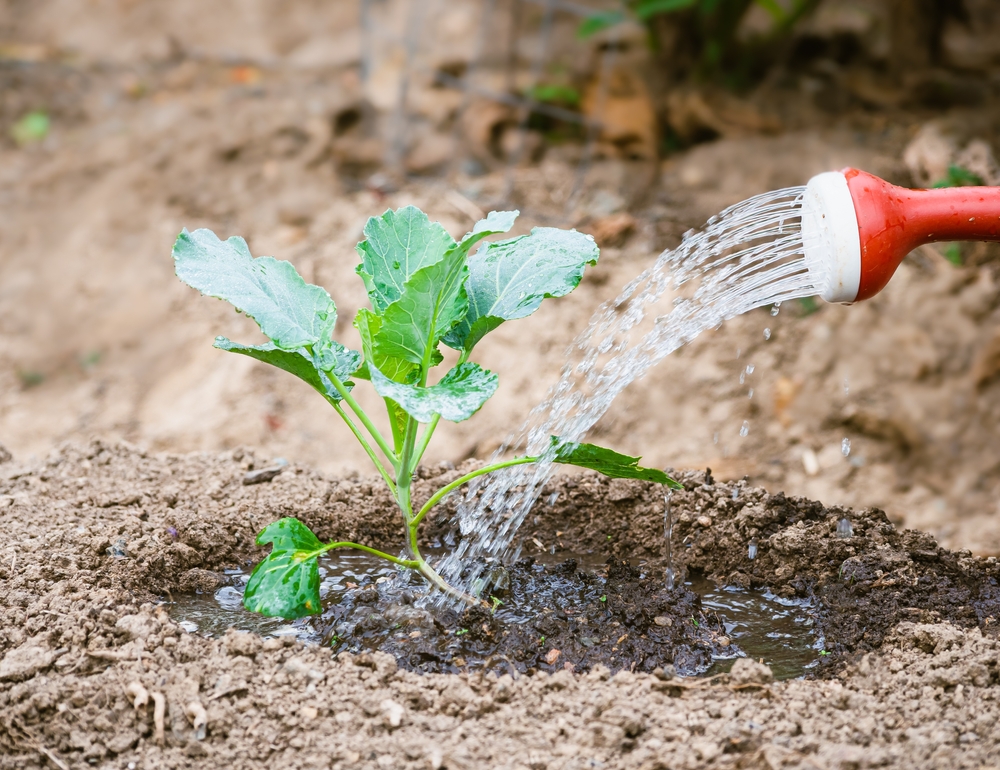
Collard greens are a staple of southern cooking and are known for thriving in cooler temperatures. They are easy to grow and can be planted in early fall for a late-season harvest. Collard greens grow quickly, typically reaching maturity in about 60 to 75 days, and can tolerate light frosts. The cooler weather makes the leaves more tender and less bitter, which enhances their flavor.
These greens are packed with nutrients, including vitamins A, C, and K, as well as calcium and iron. Collard greens can be used in a variety of dishes, from soups to sautéed sides, making them a versatile addition to your fall garden. Their cold-hardy nature ensures that they continue to grow through the fall, giving you fresh greens even after the first frost.
Cabbage
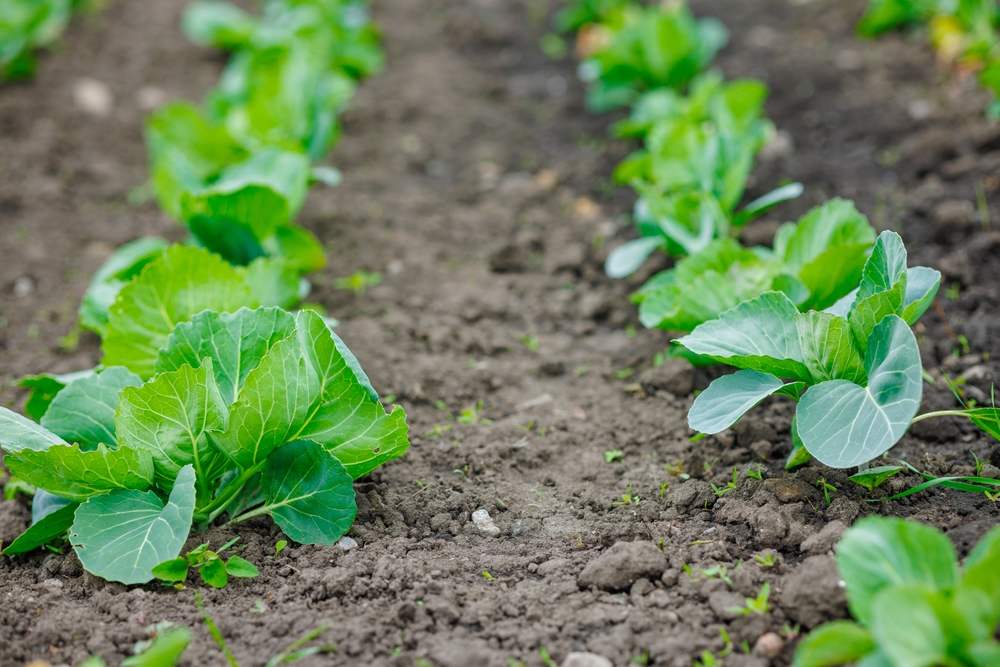
Cabbage is a classic fall vegetable that grows well in the cooler weather. It can be planted in early fall, giving it enough time to mature before the first heavy frost. Cabbage typically takes about 70 to 90 days to mature, and the cool temperatures enhance its flavor, making it more tender and sweet. Planting cabbage in early fall ensures a healthy, robust harvest before the coldest weather hits.
Cabbage is a highly nutritious vegetable, rich in vitamins C and K, as well as fiber. It can be used in a variety of dishes, from coleslaw to stews and stir-fries. Its versatility and ability to withstand colder temperatures make it an ideal vegetable for fall planting. Whether grown in garden beds or containers, cabbage is a great option for extending your harvest season.
This article originally appeared on Avocadu.
